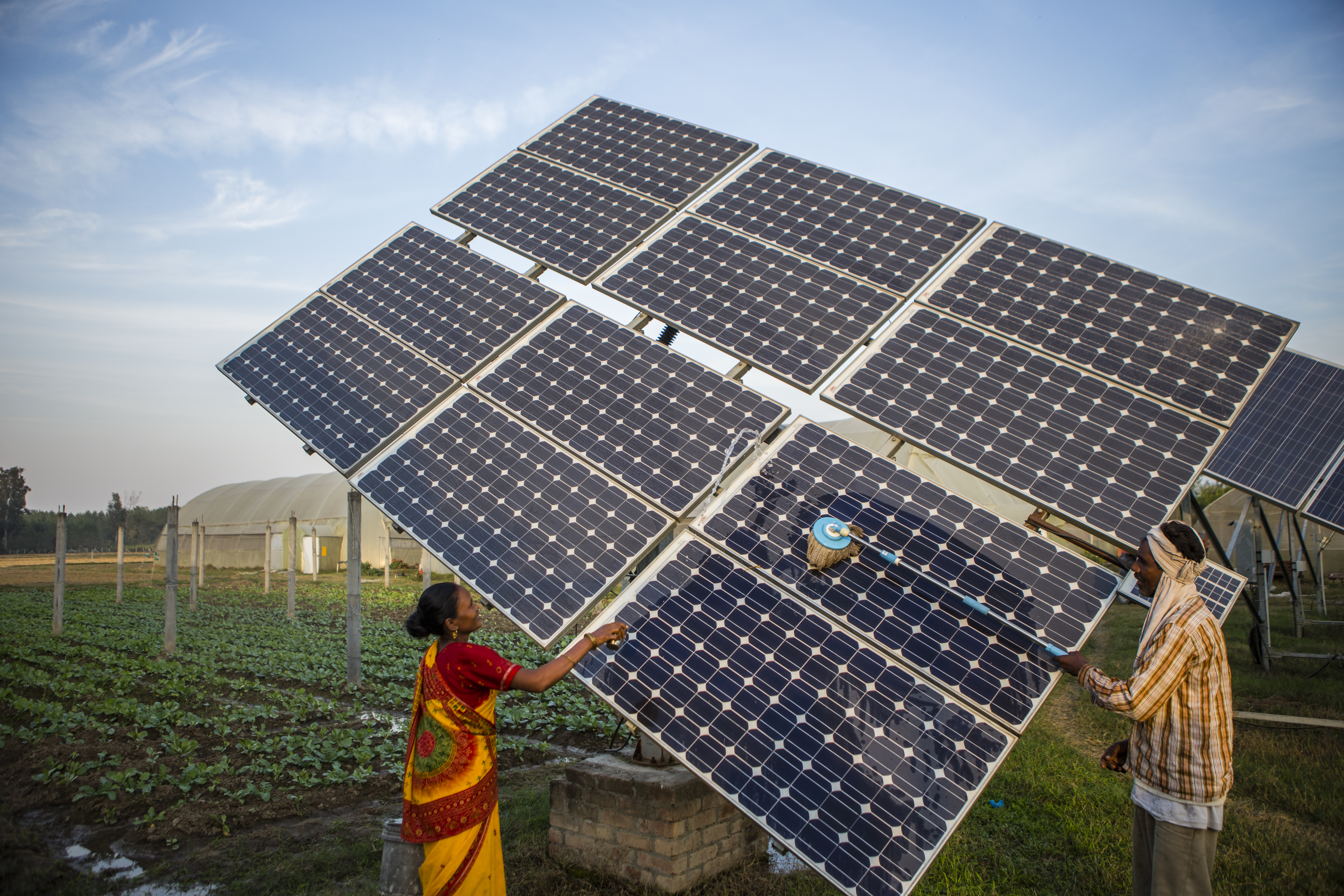India wants to double farmers’ incomes – and tackle climate change. Is technology the answer to this double bind?
- From
-
Published on
11.03.19
- Impact Area

Originally published as on Op-ed on Impaktar.
Forty years since India gained independence, what has really changed for the farmers of today? During this crucial post-independence period, agriculture contributed 45% of the country’s GDP, employing the majority of Indian workers. After an impressive increase in agricultural production in the first two Five Year Plans, a period of stagnancy set in from the 1960s, preceding the ‘Green Revolution’.
As the economy opened up post liberalization (1992), globalization promoted other sectors into generating more employment and economic growth. But, despite the reduction to 18 % in agriculture’s contribution to the GDP, agriculture and allied activities still employ the vast majority of the population.
India’s agrarian sector has undergone various reforms to: increase productivity to meet the demands of a rising population, make farming inclusive, reform land tenures, ensure more benefits to farmers, end exploitation, encourage better water management practices and so on….
![]()
Related news
-

Australia partners with International Livestock Research Institute to upskill researchers from Africa and Asia
International Livestock Research Institute (ILRI)13.11.25-
Food security
-
Poverty reduction, livelihoods & jobs
Australia has joined forces with the International Livestock Research Institute (ILRI) to support th…
Read more -
-

Next-gen rice lines top check varieties at 7.5 t/ha in ESA
International Rice Research Institute (IRRI)11.11.25-
Food security
MOROGORO, Tanzania (8 October 2025) — Elite rice lines are outperforming the current popular varie…
Read more -
-

QTL Profiling Now Live on EBS
International Rice Research Institute (IRRI)11.11.25-
Food security
QTL profiling is now integrated into the EBS Platform’s MDA module. Teams across CGIAR research…
Read more -
